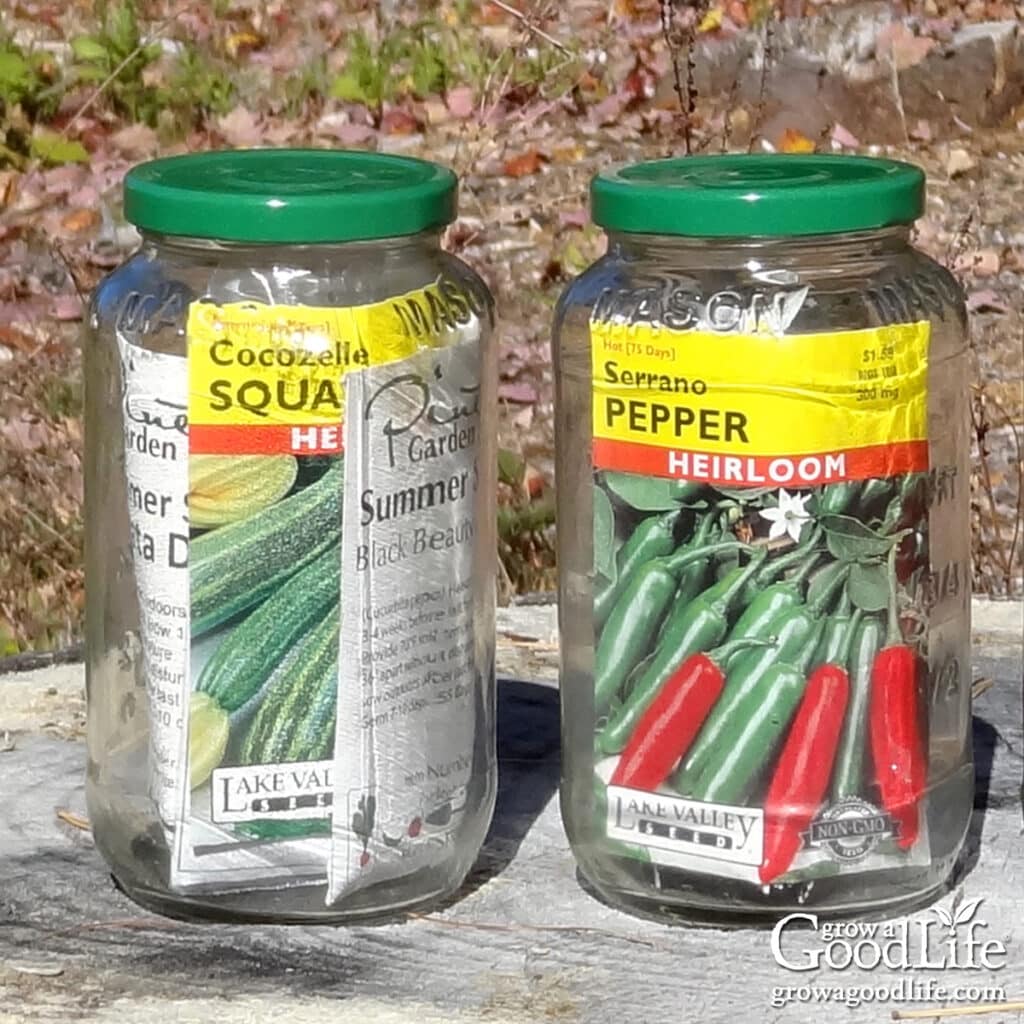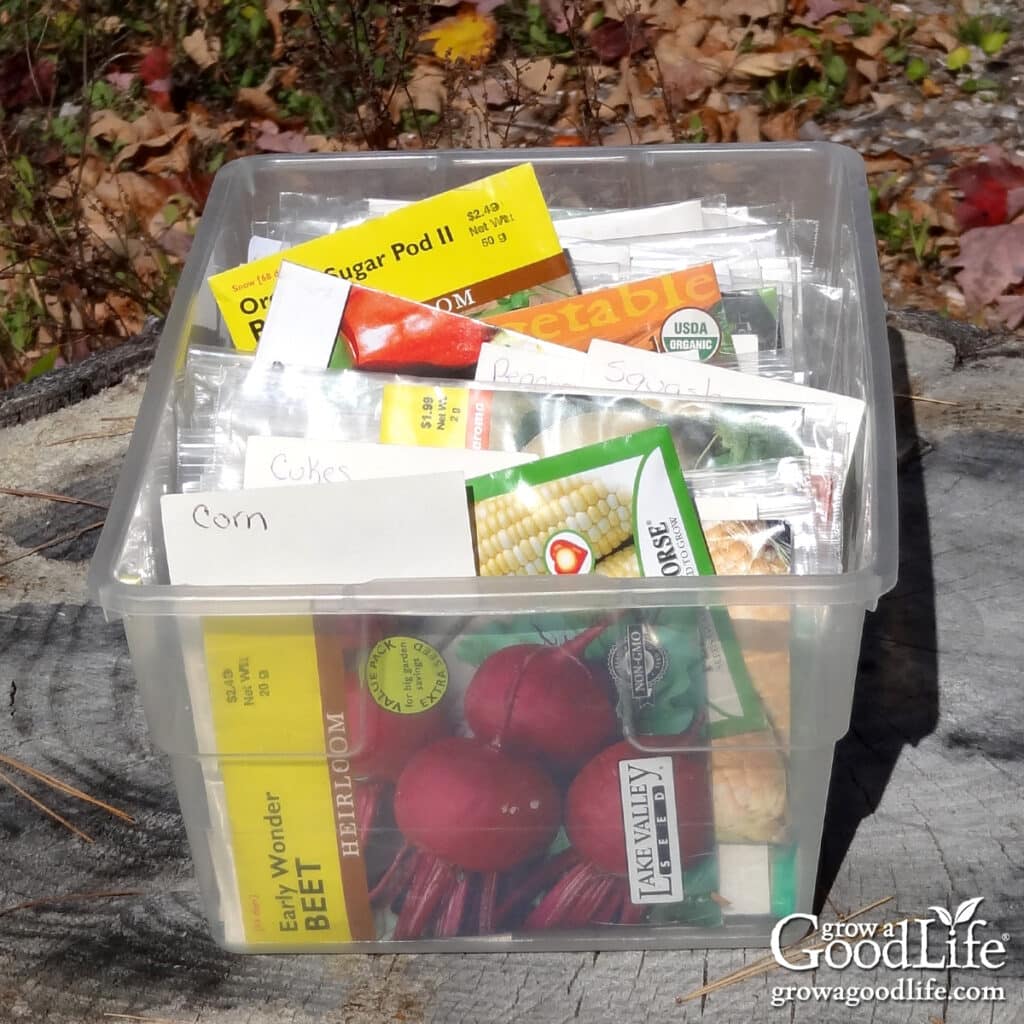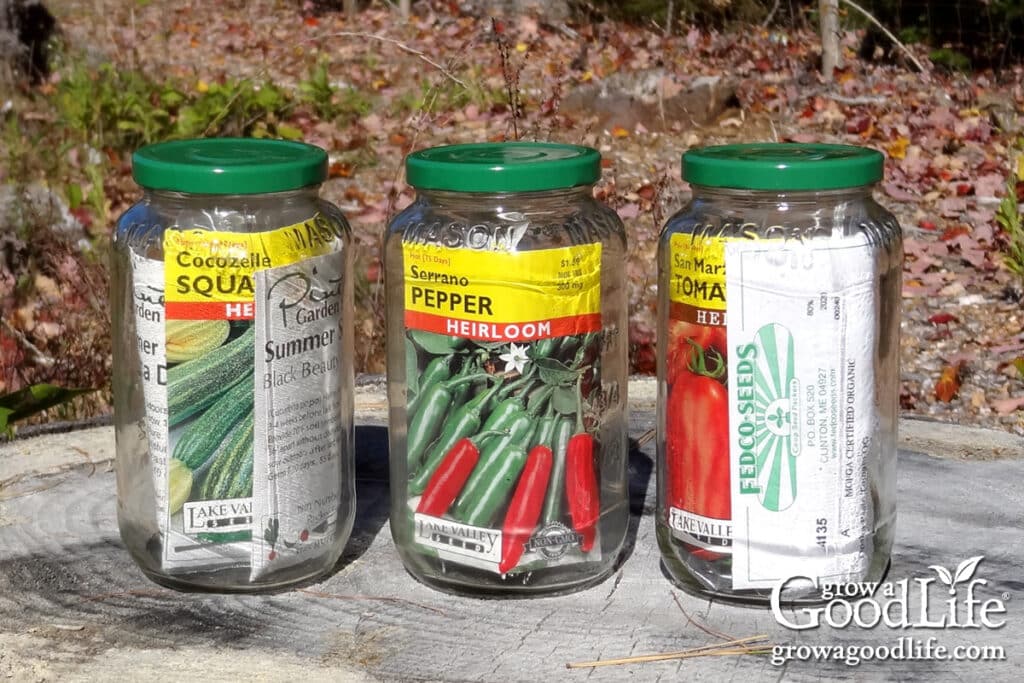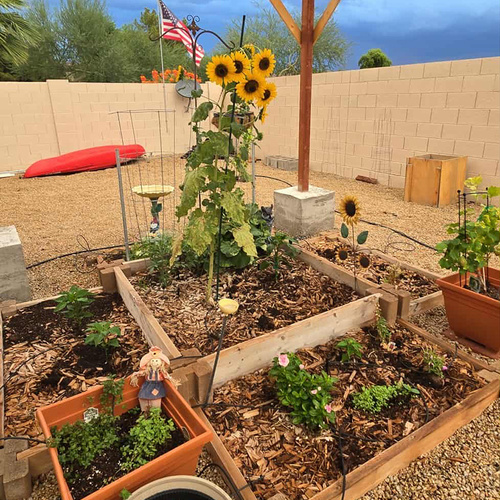Learn how to store seeds to make them last longer. Learn easy seed storage tips to keep your vegetable, herb, and flower seeds cool, dry, and ready to germinate for years to come.

If you’re like us and love collecting bags of seeds, you’ll probably end up with more seeds than you can use in one season. Whether it’s leftovers from a pack you bought or seeds from your own garden. However, if not stored properly, these tiny seeds can lose their ability to germinate.
The good news? Keeping seeds viable is not complicated. By following a few simple principles, you can extend the life of your seeds for many years, save money, and ensure that you can always plant your favorite varieties.
Why is proper seed storage important?
Seeds are living embryos. Even though they look dry and lifeless, they are still breathing and slowly depleting their stored energy. If seeds are exposed to heat, light, or moisture, they can become dormant too early or lose their ability to germinate completely.
Storing seeds properly means:
Save money by reusing leftover packets instead of buying new ones every year. Protect your investment in rare and heirloom varieties. Save saved seeds from your own garden for future planting.
The golden rule of seed storage
The key to making your seeds last longer is simple. It’s about keeping the seeds cool, dark, and dry.
Low Temperatures: Seeds last the longest when stored at consistently low temperatures. Dark: Light can cause germination or reduce seed quality. Dryness: Moisture promotes mold, rot, or premature germination.
A useful rule of thumb: Temperature (°F) + Humidity (%) should be less than 100. For example, 60°F and 30% humidity = 90 is safe for seed storage.
Tips for storing seeds
I use two shoebox-sized totes to store my seeds. One for flowers and herbs and one for vegetables. Inside each box, use index cards to divide the packets into sections such as tomatoes, peppers, onions, lettuce, and squash.
Each packet is slipped into a zipper bag to protect it from moisture, then filed into its correct section. This system keeps everything organized and easy to find, and maintains dry, viable seeds for years to come. Shoe boxes are stored on a shelf in a dark corner of the basement, away from direct sunlight.


Find a place to store your seeds
Keeping them in a consistently dry, cool spot in your home will work perfectly in the short term, but storing your seeds in the freezer will make them last longer.
Short-term (one season): Place seeds in the original seed envelope, seal with tape, and press into a zip-top bag or container with a tight-fitting lid. Store it indoors in a cool, dark place, not in a hot shed or damp basement. Long-term (several years): Place the package in an airtight jar, can, or sealed bag with desiccant to control moisture. Store in the refrigerator or freezer for maximum longevity.
Containers perfect for storing seeds
Once you have decided where to store your seeds, the next step is to choose a suitable container. The goal is to keep the seeds dry, protected, and organized. You don’t need to use anything expensive. The key is to find one that keeps out moisture and pests while keeping your packets organized and easily accessible.
Here are some good options to consider.
Paper envelopes or coin packets: Great for splitting up large quantities of seeds or storing them yourself. Paper allows for good airflow and prevents moisture build-up. Glass or mason jars: Paired with a tight-fitting lid to create an airtight seal. Ideal for long-term storage in a cool place. Metal tins: Repurpose cookie tins, tea tins, and candy tins to create durable, pest-proof containers. Plastic Tub with Lid: A shoebox-sized storage tote or photo storage box can hold multiple packets to keep everything organized. Resealable zipper bag: convenient for slipping seed packets inside to protect them. Add a small silica gel desiccant pack to control humidity. Commercial Seed Storage Boxes: Photo organizers or specialized seed storage boxes are designed to neatly store seeds by category.
Whichever container you choose, make sure the package is clearly labeled with the variety name and year of purchase or storage.


Store seeds in the refrigerator or freezer
If you want to extend the life of your seeds as much as possible, refrigeration or freezing are good options. Both provide consistently cool conditions, slowing the seed’s natural aging process.
Refrigerator: A reliable option as the low and stable temperature helps slow down the rate at which seeds lose viability. Be sure to use an airtight container containing desiccant. Refrigerators are humid and you need to keep that moisture away from the seeds. Freezer: Freezing pauses the aging process and is the best option for long-term storage of seeds. Seeds stored in the freezer can remain viable for years, even decades. The problem is that the seeds must be very dry before freezing. Otherwise, the moisture inside can form ice crystals and damage the embryo.
Always allow frozen seeds to come to room temperature before opening the container to prevent condensation from forming on the seeds.
How long do seeds last?
All crops have different natural shelf life. Most seeds will remain viable for several years, depending on how they are stored. The list below shows how long vegetable seeds can be stored.
1 year: green onions, onions, parsnips, green onions 2-3 years: arugula, kidney beans, carrots, celeriac, celery, corn, eggplant, lettuce, okra, peas, peppers, spinach 3-4 years: artichokes, beets, broccoli, Brussels sprouts, cabbage, cauliflower, collards, kale, kohlrabi, mustard, Pumpkins, radishes, rutabagas, summer squash, Swiss chard, winter squash 5-6 years: cucumbers, melons, tomatoes, turnips, watermelons
Seed storage FAQ
Can I store seeds in my garage or shed? Not recommended. Wide fluctuations in temperature and humidity can shorten the lifespan of seeds.
Do I really need to store seeds in the dark?Yes. Light can cause early germination or reduce seed viability.
How do I know if my old seeds are still valid? Test some by doing a germination test on your seeds using a damp paper towel before planting season.


seeds are precious
They contain the promise of next year’s harvest. With a little care, seeds can remain viable for years by storing them in a cool, dark and dry place.
Whether you use a simple shoe box system like I do or invest in airtight jars of desiccant, the key is consistency. If you store your seeds well, you will get strong germination and a bountiful harvest every year.
Next steps:





